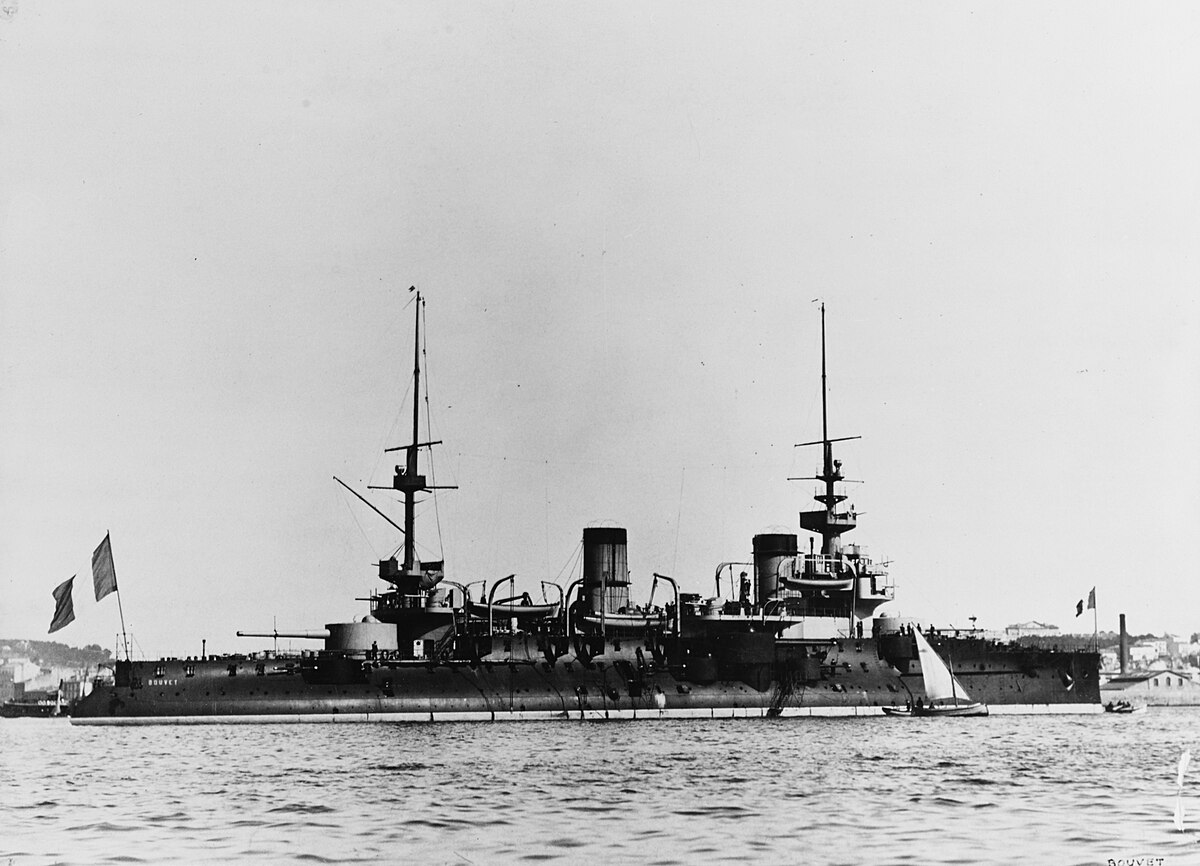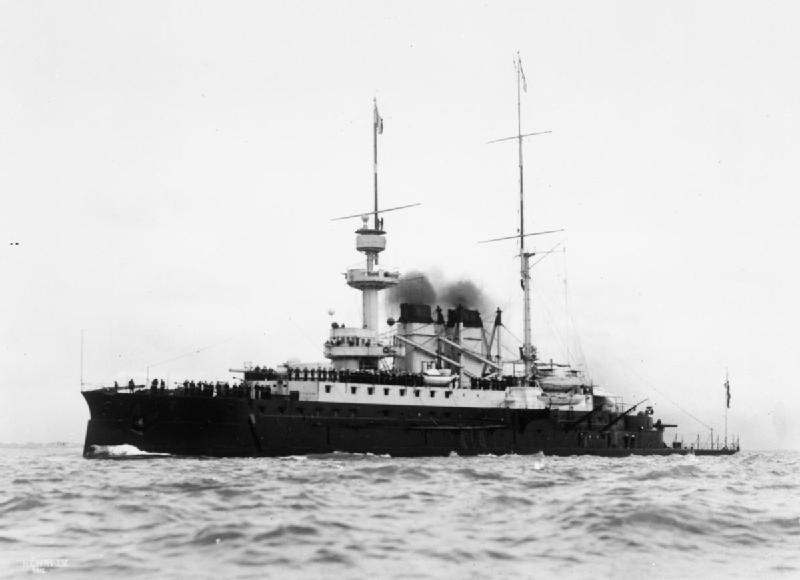Anyone looking to read about this further should read William Shirer's The Third Republic, a history of that era of French history.
Thanks man, I'll look into that. Shirer is a very thorough author; his account of the Third Reich is still the benchmark.


